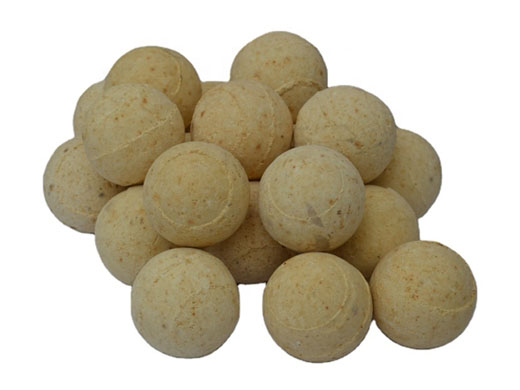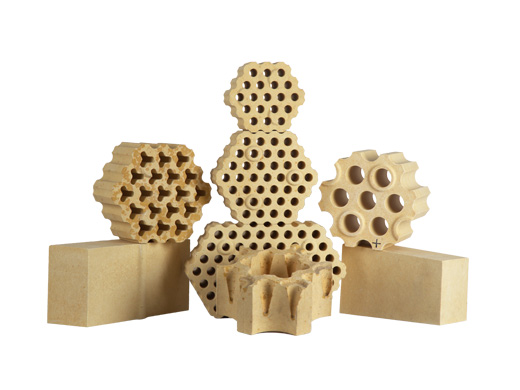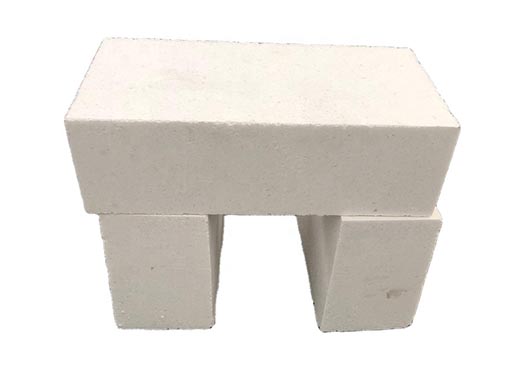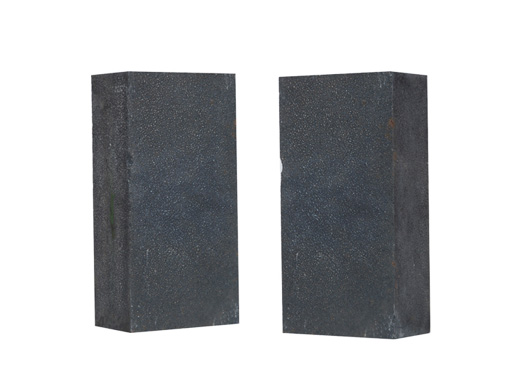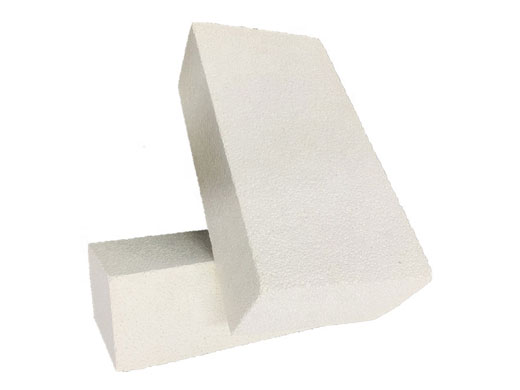Features of Silicon Mullite Bricks
Industry news | Refractory Wiki | Refractory news | Enterprise news |(1) The product has a compact structure and good wear resistance.
The main crystalline phase of Silicon Mullite brick is composed of high hardness minerals corundum (Mohs hardness 9.0~9.2), silicon carbide (Mohs hardness 9.0~9.5), and mullite (Mohs hardness 7.0~7.5). The structure of the product is high in density, and the bulk density is generally 2.7~3.0 g/cm3. According to the data reference, the normal temperature wear resistance of refractory materials depends on its strength and the compactness of its structure. Materials with high strength and compactness have better wear resistance. The lining of cement rotary kiln is subject to rolling friction of materials for a long time, and wear is one of the main reasons for the damage of refractory lining. The density, strength and wear resistance of silicon-molded refractory bricks are significantly better than those of anti-stripping high-alumina bricks and magnesia-alumina spinel bricks. Silicon molybdenum refractory bricks have good effect in the secondary firing zone and filter belt of cement rotary kiln, and it can be said that good wear resistance plays a very important role.
(2) High softening temperature under load and good high temperature performance.
The load softening temperature of Silicon Mullite brick is above 1 450 ℃ and above 1 650 ℃. Different products have different softening temperatures under load. The temperature of the refractory brick surface in different parts of the lining of the cement rotary kiln is different. The temperature of the secondary firing zone and the front transition zone is about 1400 ℃, which is higher than the temperature of the refractory brick surface in the firing zone (because the firing is protected by kiln skin, the refractory brick surface is protected by kiln skin. The temperature is 900~1 000 ℃). The load softening temperature index of these bricks also exceeds the commonly used anti-stripping high-alumina bricks and phosphate high-alumina refractory bricks (the load softening temperature is 1 300~1 520 ℃).
Compared with the firing zone, the transition zone is easily affected by reducing atmosphere and heat load due to the lack of kiln skin protection, and its service life has always been the bottleneck of cement rotary kilns. Therefore, some cement plants use magnesium-aluminum spinel in the transition zone. stonework. According to the research of magnesia-alumina spinel bricks used in the transition zone of a 5 000 t/d large-scale cement rotary kiln in a factory, it is concluded that the magnesia-alumina spinel refractory bricks used in the front transition zone are basically free of erosion, but due to the deposition of alkali in the open pores, the The densification of the structure causes the same refractory brick to form different sections, and the hot surface of the refractory brick peels off and produces cracks, resulting in damage to the lining. Due to its compact structure, the silicon-molded refractory bricks form a continuous dense layer of SiO2 on the surface of the refractory bricks, which prevents the penetration of molten substances. In addition, the chemical properties of Al2O3, SiC, and SiO2 are stable and do not interact with gases such as SO2, O2, and CO2 generated in the kiln. Violent reaction, no chemical reaction with cement material, so it has strong corrosion resistance. The second is that the thermal shock stability of the silicon mulberry brick is good. Since silica mullite bricks contain a certain amount of SiC, it is well known that SiC has high thermal conductivity and relatively small thermal expansion coefficient, which significantly improves the thermal shock stability of the product. The silicon molybdenum brick used in rotary kiln does not peel off or break, which can significantly improve the service life.
(3) Reduce the temperature of the kiln body and have good thermal insulation performance.
The thermal conductivity [2.3~2.5 W/(m˙K)] of the Silicon Mullite brick is lower than that of the alkaline product [2.69 ~ 2.74 W/(m˙K)], so the heat insulation effect of the Silicon Mullite brick is better. In the secondary firing zone, transition zone, preheating zone, kiln tail, tertiary air duct, calciner and other parts of large rotary kiln, the surface temperature of the cylinder is reduced by more than 100 ℃ compared with the alkaline brick.
Newest
- 2023-07-31
Properties of silicon nitride and its application in refract···...
- 2023-07-31
Properties of silicon nitride and its application in refract···...
- 2023-07-31
Properties of silicon nitride and its application in refract···...
- 2023-07-31
Properties of silicon nitride and its application in refract···...
- 2023-07-31
To explore the application of magnesia carbon brick in refra···...
Solution
- 2022-11-22
The technical requirements and production processes of fused···...
- 2022-09-06
Price Determinants of high alumina fire bricks...
- 2022-08-30
Technical performance and technology of silica mullite brick···...
- 2022-08-27
Refractory materials in various parts of the furnace and pre···...
- 2022-08-23
Magnesite chrome brick composition process classification...
